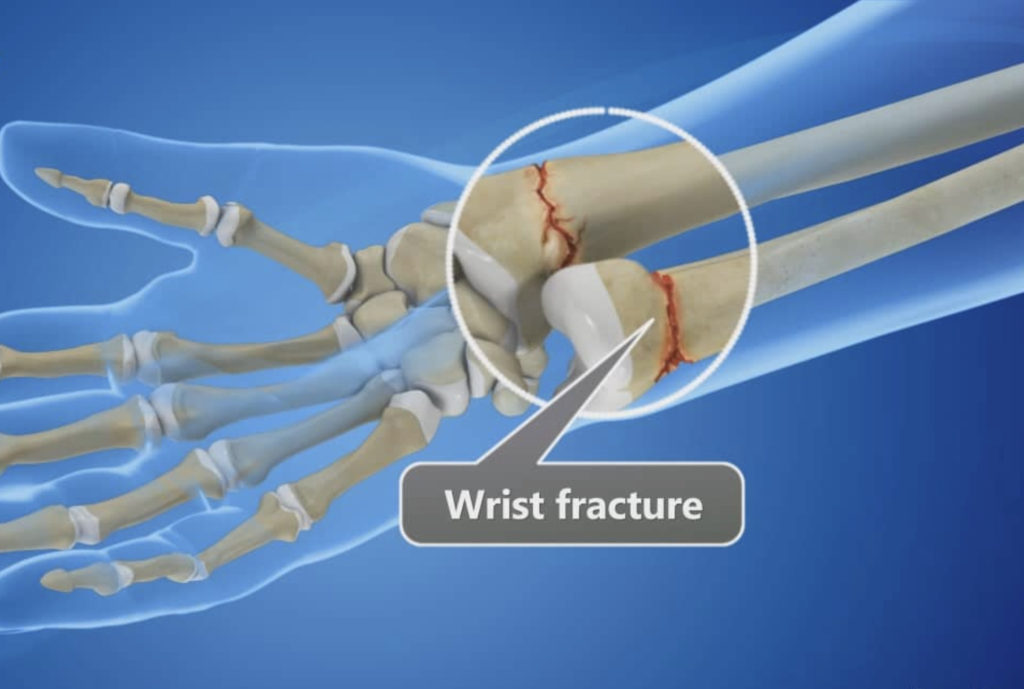It is important to constantly evaluate our treatment options of even the most common injuries, like a wrist fracture. Surgery, while important for many injuries, is not always necessary to achieve a good outcome. This was the rationale behind Dr. Sungaran’s research work that has now been published in JAMA Surgery, the highest ranking surgical journal in the world. This collaboration of highly trained and well respected Surgeons from Australia have shown that for a wrist fracture in our older patients, surgical plating does not deliver a clinically important difference at 12 months when compared to “traditional” cast treatment alone.
This means that for patients over the age of 60 with a fractured wrist, surgery is not always necessary to achieve a good functional outcome. Naturally the big objection to this is that 60 it’s not considered elderly any more. Many patients are still very active and also still working. There will be exceptions to this, and therefore clinical judgement is still required to determine if individual patients fit this criteria. But the aim of this paper and research study is to make us stop and rationalise our decisions rather than continuing with the “status quo”. It helps us critically analyse our use of resources and reassess the risks of surgery.
If you or someone you know has fractured their wrist, talk to your doctor about the results of the CROSSFIRE study and what it means for your treatment. If you would like more information, please click here for the research paper or here to contact us.
